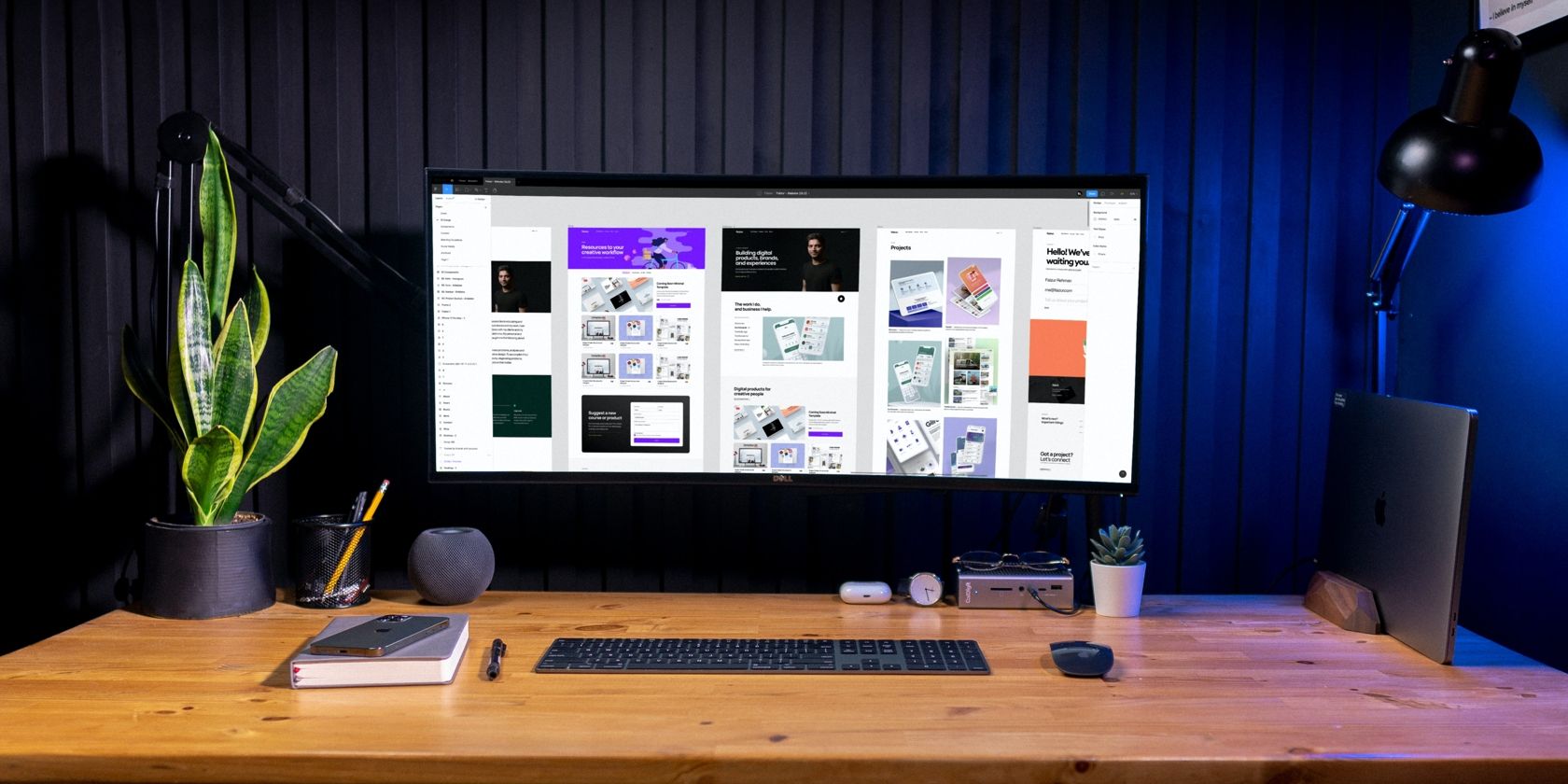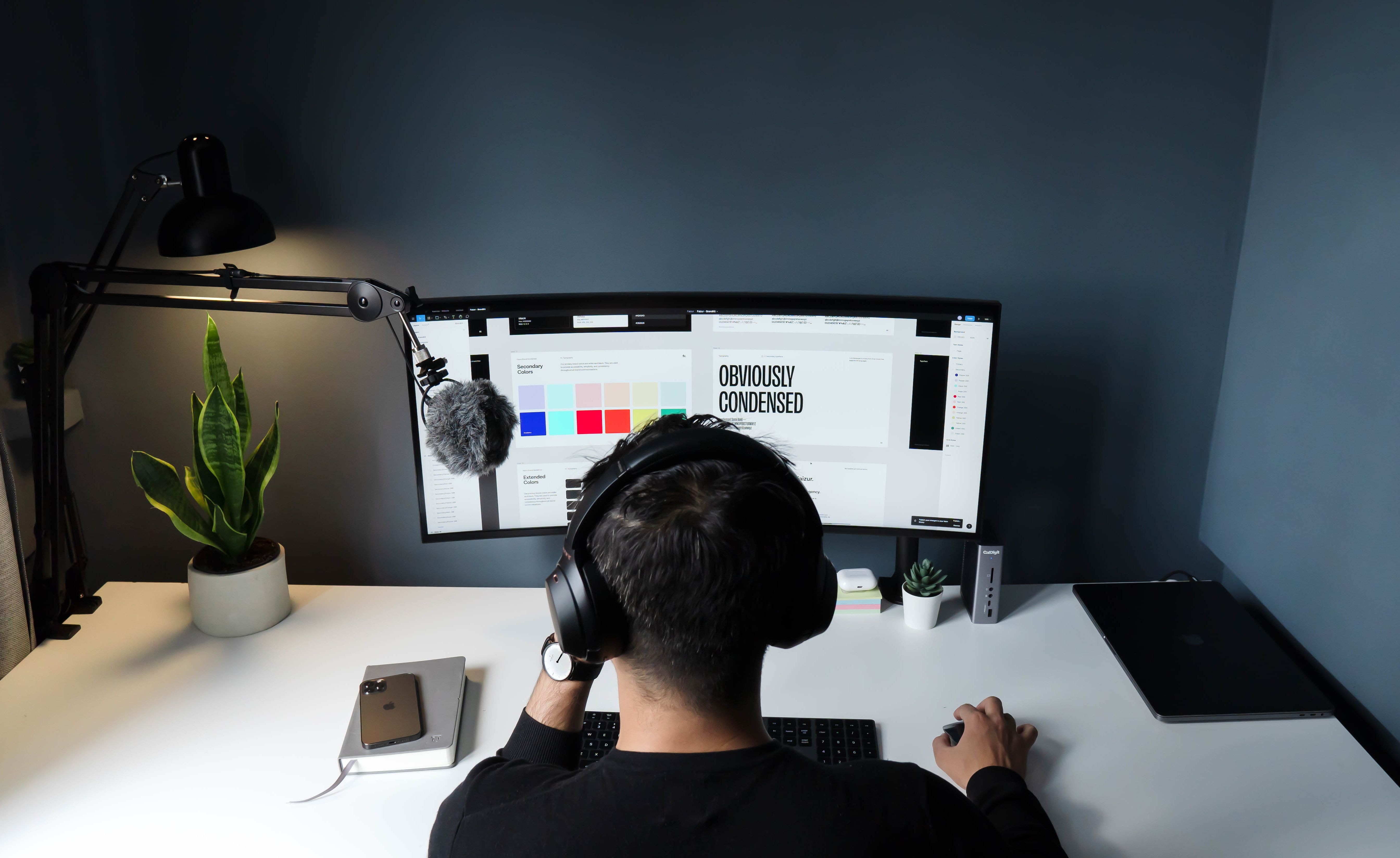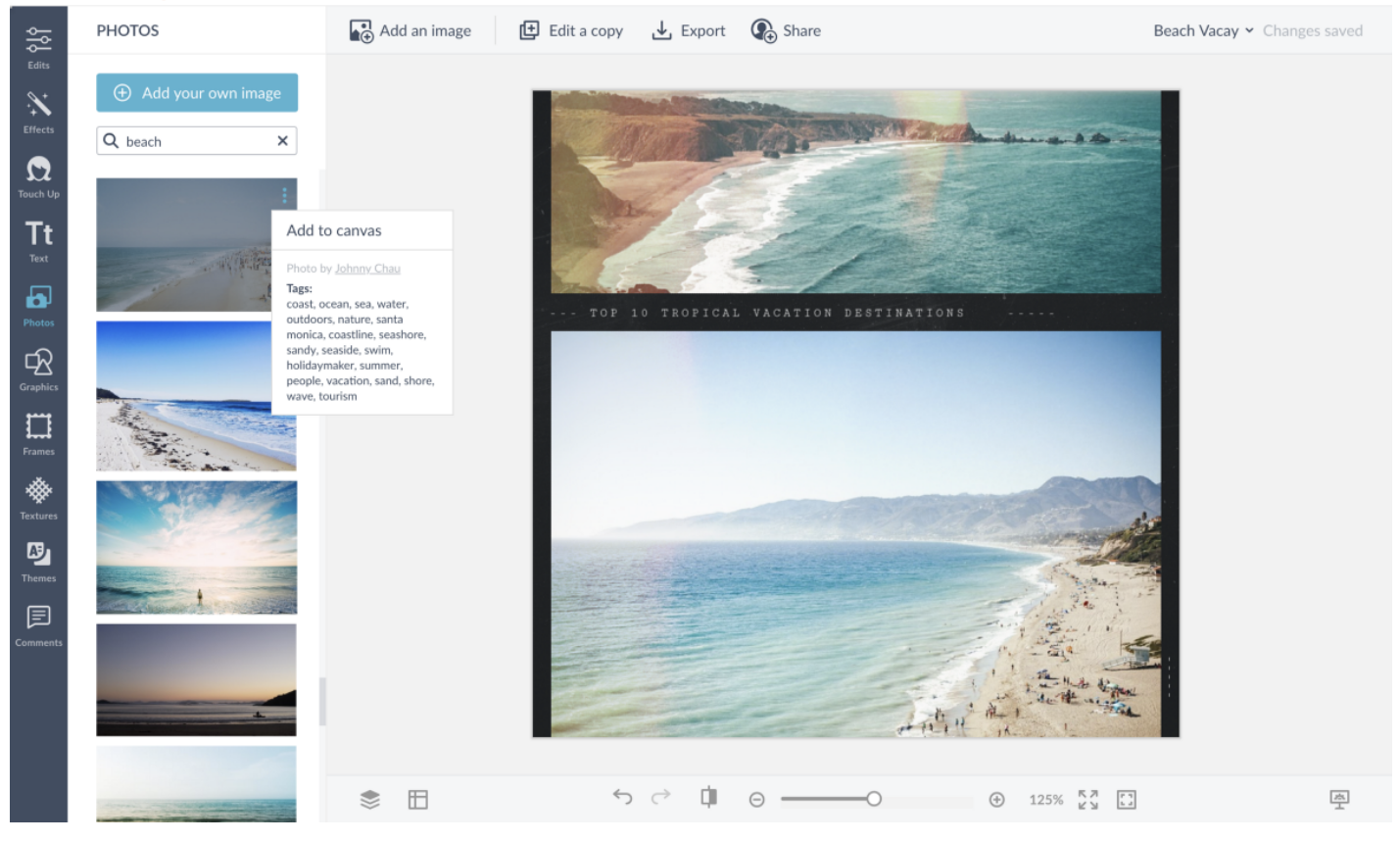Part of the magic of software development occurs when lines of code alchemize into more than the sum of their parts. You'll find you need some amount of creative visualization when trying to build abstractly in this way. This can be true for word processing or web design, just as it can for programming.
WYSIWYG stands for What You See Is What You Get. The acronym is literal: a WYSIWYG tool displays content for editing in a form approximating its final appearance. It wouldn't be a developer's first choice for coding, but a WYSIWYG editor is perfect for the layman who wants to build a website or design a presentation.
What Is a Markup Language?
Descriptive code, also known as a markup language, formats the elements of a document when it's processed by some sort of interpreter. Descriptive tags apply meaning or formatting to a block of text using a library of pre-defined concepts such as bold text, bullet lists, or even a hyperlink.
A document markup language is something that you're probably already familiar with—it's the same type of language that tells a computer to display web page text in bold when surrounded by <b> tags.
When you're using something like Word, though, the text just goes bold when you hit the button. Where are the <b> tags hiding? Do they even exist under these circumstances?
There is, objectively, something that tells the computer to display the text in bold. There are no visible tags, though, because their function—making the text bold—applies in the same sort of way that a PDF file displays its formatting.
WYSIWYG editors are great for users who have ideas but don't know HTML or any other type of markup language. With these types of word processors, and other rich-text editors, you're able to focus on what you're trying to write, no Ph.D. required.
What Is a WYSIWYG Editor?
Xerox designed and used the first WYSIWYG systems. They used these interfaces for document conversion, in anticipation of printing or physical duplication. They were primitive and not very reliable, but they did set a valuable precedent.
If you've used Google Docs to work with a document, you're already familiar with a WYSIWYG editor. You can start italicizing text and the app will format it as you type. If it were not a WYSIWYG editor, an italicized font would not appear to be so. You'd see the relevant words and phrases, in plain formatting, and you'd see the <i> tags too.
For comparison, think about a website-building service like Wix or Squarespace. Using either of these website-building services, you can design a site without writing a single line of code.
Their style of WYSIWYG editing goes a bit deeper than Google Docs, but the principle still stands. You're able to drag and drop visual elements, populating the body of the page as the app lays it out before you with things like media, audio players, and online stores. There is no bridge to cross with either of these services; you're a kid playing with Legos. It's a very different feeling than coding a website from scratch.
Some markdown WYSIWYG editors like Typora let you add markup code to your WYSIWYG body as you type. These rich-text editors display your HTML commands and convert the output to a WYSIWYG display as soon as you enter them. In Typora, you can step back into what you've written by clicking on the text again after the tags surrounding it have disappeared.
Wiz-Ee-Wig: Seeing Is Believing
Few things are more comforting than seeing your creation working on-screen, in real time. Like an artist in the studio, tweaking this or that is easy when you've got a one-to-one representation of your website or other project in front of you.
WYSIWYG displays are convenient and easy to use. They do away with the clutter of working with lines of code or markup tags, freeing you to pay attention elsewhere. If you're a writer or a designer at heart, you don't need all the hubbub. A WYSIWYG editor is more than capable.




